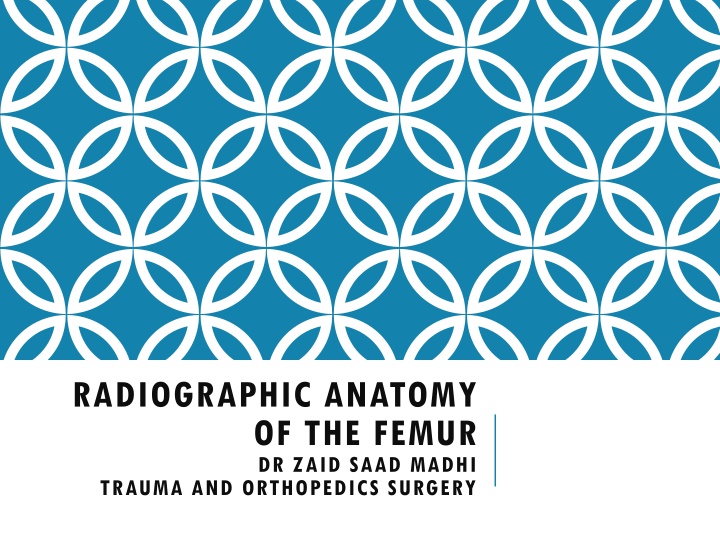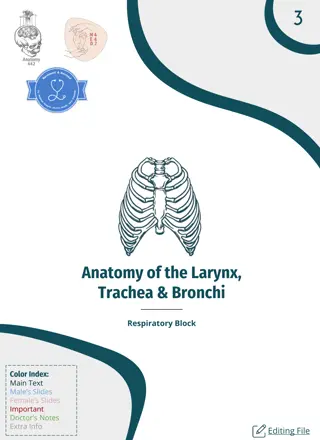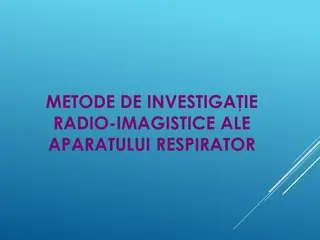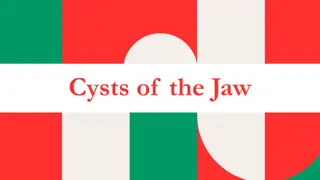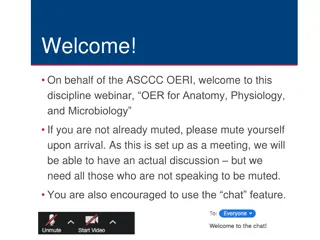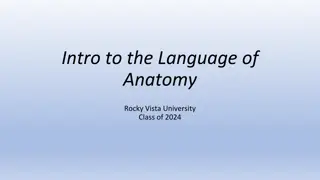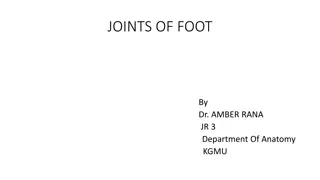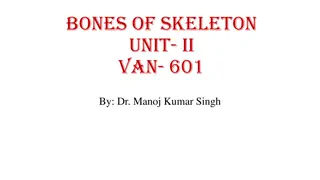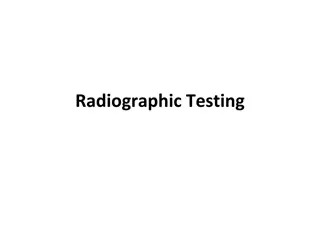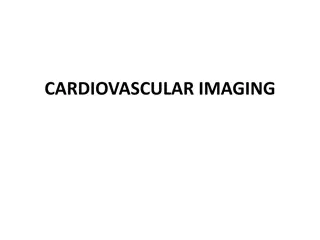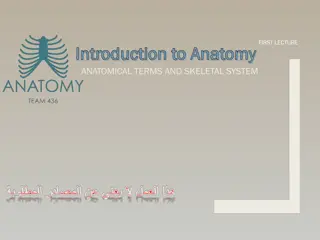RADIOGRAPHIC ANATOMY
The femur is the longest and strongest bone in the body, consisting of a head, neck, shaft, and expanded lower end. Understanding the radiographic anatomy of the femur is crucial in trauma and orthopedic surgeries. Developmental dysplasia of the hip, including DDH, also plays a significant role in orthopedic conditions. Explore the anatomy, views, and ossification process of the femur to enhance your knowledge in this field.
Download Presentation

Please find below an Image/Link to download the presentation.
The content on the website is provided AS IS for your information and personal use only. It may not be sold, licensed, or shared on other websites without obtaining consent from the author.If you encounter any issues during the download, it is possible that the publisher has removed the file from their server.
You are allowed to download the files provided on this website for personal or commercial use, subject to the condition that they are used lawfully. All files are the property of their respective owners.
The content on the website is provided AS IS for your information and personal use only. It may not be sold, licensed, or shared on other websites without obtaining consent from the author.
E N D
Presentation Transcript
RADIOGRAPHIC ANATOMY OF THE FEMUR DR ZAID SAAD MADHI TRAUMA AND ORTHOPEDICS SURGERY
THE FEMUR The femur is the longest and the strongest bone of the body. It has a head, neck, shaft and an expanded lower end. The head is more than half of a sphere and is directed upwards, medially and forwards. The head of the femur articulates with the acetabulum of the pelvis to create the hip joint. It is intra-articular and covered with cartilage apart from a central pit called the fovea, where the ligamentum teres is attached
The neck of the femur is about 5 cm long and forms an angle of 125 in females to 130 in males with the shaft. It is also anteverted, that is, it is directed anteriorly at an angle of about 10 with the sagittal plane. The lower end of the femur is expanded into two prominent condyles united anteriorly as the patellar surface, but separated posteriorly by a deep intercondylar notch. The most prominent parts of each condyle are called the medial and lateral epicondyles.
DEVELOPMENTAL DYSPLASIA DEVELOPMENTAL DYSPLASIA OF THE HIP (DDH) OF THE HIP (DDH) Previously known as congenital dislocation of the hip (CDH). Now DDH because it comprises a spectrum of disorders ranging from acetabular dysplasia without dislocation to instability ( dislocation or subluxation), the unstable hip could be reduced but it is dislocatable or it is dislocated which is either reducible or irreducible.
OSSIFICATION OF THE FEMUR The primary center in the shaft appears in the seventh fetal week A secondary center is present in the lower femur at birth (this is a reliable indicator that the fetus is full term) and another appears in the head between 6 months and 1 year of age Secondary centers appear in the greater trochanter at 4 years and in the lesser trochanter at 8 years of age All fuse at 18 20 years of age
OSSIFICATION OF THE FEMUR The primary center in the shaft appears in the seventh fetal week A secondary center is present in the lower femur at birth (this is a reliable indicator that the fetus is full term) and another appears in the head between 6 months and 1 year of age Secondary centers appear in the greater trochanter at 4 years and in the lesser trochanter at 8 years of age All fuse at 18 20 years of age
MUSCLE OF THE FEMUR gluteus medius gluteus minimus piriformis obturator internus gemelli obturator externus quadratus femoris vastus lateralis iliopsoas
FRACTURE OF THE FEMUR Femoral neck fracture Femoral neck fractures are a subset of proximal femoral fractures. The femoral neck is the weakest part of the femur. Since disruption of blood supply to the femoral head is dependent on the type of fracture and causes significant morbidity, the diagnosis and classification of these fractures is important. There are three types: Subcapital: femoral head/neck junction Transcervical: midportion of femoral neck Basicervical: base of femoral neck
